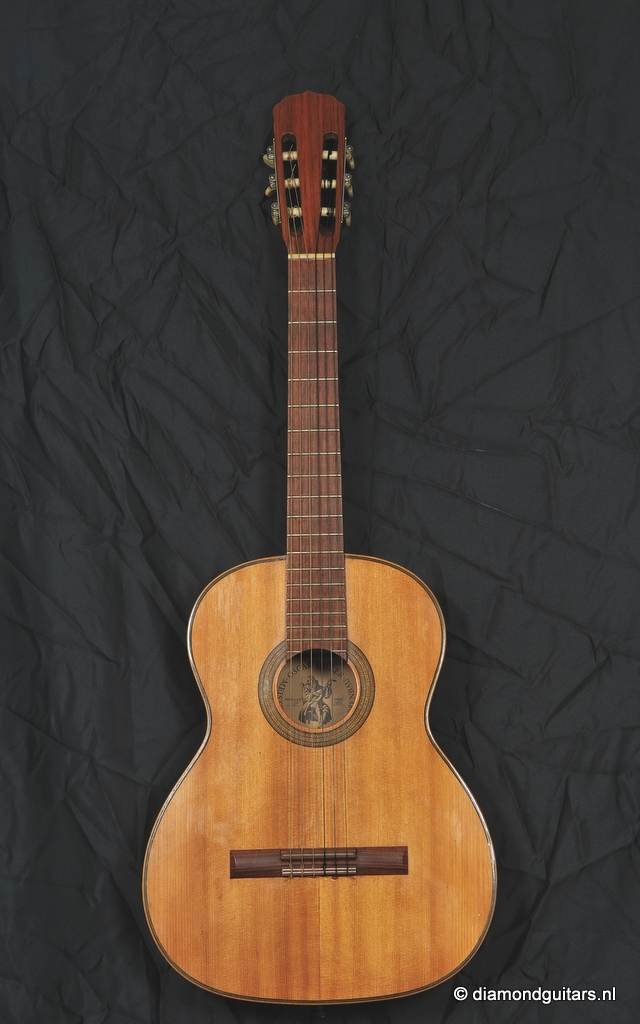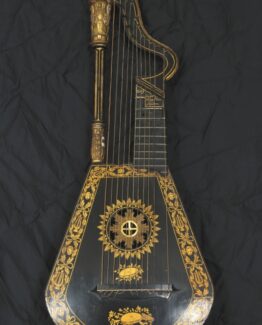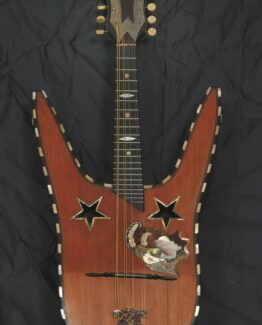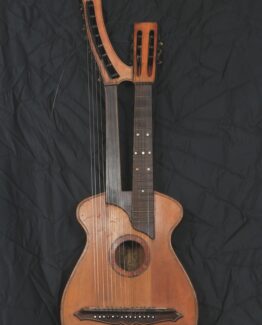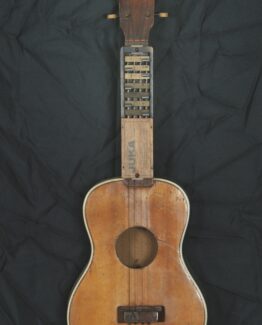Description
This collection of 27 German Guitars (1830 – 1930) cover a wide arc: from Romantic-era Viennese instruments to early 20th-century archtops and classical guitars.
Germany (and Austria) had one of the richest guitar-making traditions outside Spain, and their instruments developed a very distinct identity. In the Early Romantic Period (1830–1870s) Viennes builders like Johann Georg Stauffer and his followers (Schertzer, Seidl, Martin, etc.). These guitars feature smaller bodies than Spanish guitars. They are often ladder braced, sometimes with distinctive adjustable necks (Stauffer’s screw mechanism). Also slotted headstocks with Stauffer-style scrolls or inline tuners and flush or slightly raised fingerboards are construction elements. From a tonal point of view they typically sounden bright, clear and intimate. Perfect for salon and chamber music. Players like Giuliani and later Mertz are known players.
Late 19th Century – Early 20th (1870–1918) marked the transition to larger, Torres-influenced designs, but many German builders stayed with Romantic traditions. Markneukirchen and Saxony became guitar-making hubs, often producing affordable instruments for export. The guitars featured a mixture of ladder and fan bracing. In this region also the Martin family was active in building stringed instrument. The most know family member is of course Carl Friedrich Martin. He emmigrated to Americe and build what is today know as the Martin Guitar Company, the worlds largest and finest acoustic guitar maker.
During the Interwar Period (1918–1945) guitarmaking showed and explosion of diversity. Classical guitars in Torres style (influenced by Segovia’s rise), Wandervogel guitars (travel/folk guitars) were light, portable, often plain aimed at the German youth movements. And there were the archtop/jazz guitar builders like Höfner and Framus whom began building jazz guitars inspired by Gibson.

